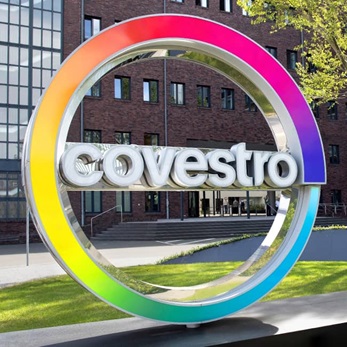
How collaboration will drive the circular transition for coatings and adhesives
Mathias Matner - Head of Sustainability & Advocacy CA
How are coatings and adhesives manufacturers in the chemical industry incorporating sustainability practices and circular economy principles into their production processes?
With the announcement of the EU Green Deal, Europe is aiming to become the first climate-neutral continent by transforming into a modern, resource-efficient, and competitive economy. As key players in this economy, coatings and adhesive manufacturers can contribute significantly to achieving these goals and meeting upcoming regulations. Many value-chain players have already started to act by producing more efficiently, increasing the use of renewable energy and alternative (non-fossil) raw materials, and developing more circular solutions. Additionally, more and more manufacturers and brands are setting ambitious sustainability targets to drive the circular transformation.
How is Covestro supporting the value chain to meet its sustainability commitments?
Covestro sets itself highly ambitious targets and aims for operational climate neutrality by 2035. Through Covestro’s transition to even more sustainable manufacturing processes, including increased use of renewable energy, we’ll be able to reduce the carbon footprints of our products. In turn, customers will benefit from reduced carbon footprints in their own products. In parallel, we are constantly expanding our CQ product portfolio. For our CQ products, we substitute a significant amount of the fossil-based raw materials with alternative raw materials to reduce the products’ carbon footprints and start the transition to a circular economy. We have already introduced CQ solutions for various product groups, including isocyanates, acrylics, prepolymers, and polyurethane dispersions, and we will continue to expand the portfolio in the coming years.
We don’t need to wait for future developments. We can start the circular transition today by using products based on non-fossil raw materials.
What are the key challenges faced by the coatings and adhesives industry in adopting sustainable practices and transitioning to a circular economy? How can these challenges be overcome?
When discussing the sustainability impact of coatings and adhesives, we always talk about thin layers on comparably thick substrates. That also means that the direct impact of coatings and adhesives on sustainability parameters like product carbon footprint or sustainable content is rather low. But their indirect impact – via lifetime extension, lightweight construction, or very generally as an enabling technology – is substantial.
On the other hand, we are facing the fact that today’s recycling technologies are not yet sufficiently developed to process mixed materials (substrates plus coatings or adhesives) and need further optimization. But we can already see improvements in these recycling processes, and more will come over time.
Nevertheless, we don’t need to wait for these future developments. We can start the circular transition today by using products based on non-fossil raw materials. Our CQ products use significantly reduced amounts of fossil-based raw materials, and have a lower carbon footprint than their fossil-based equivalents.
Additionally, we have started to offer first solutions that simplify the recycling of the substrates that our products are applied on. One example is our newly developed Decovery® CQ 6010, a partially bio-based barrier coating resin that helps to close the loop for recyclable paper packaging.
In short, companies that want to make an impact right now and contribute to a more sustainable future already have various options at hand.
Looking ahead, what future prospects and opportunities will the coatings and adhesives industry have to further integrate more sustainable, circular principles?
I am convinced that coatings and adhesives will play an even more important role in tomorrow’s circular economy. In many cases, lifetime extension is the biggest lever to reduce the environmental impact of an application – and coatings and adhesives clearly contribute to this. The options for high-performance, non-fossil-based raw materials are quickly growing, and projects tackling end-of-use solutions such as debonding on demand, degradability, and compatibility with recycling processes are evolving fast. Above all, we need to partner up along the value chain to quickly create the solutions that will meet our future needs.










